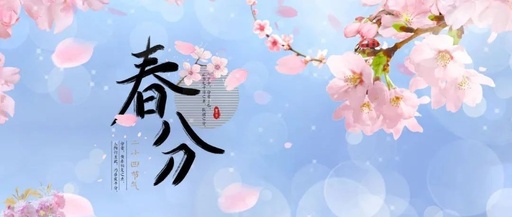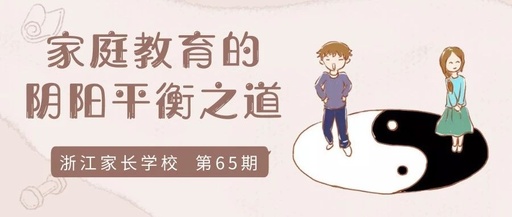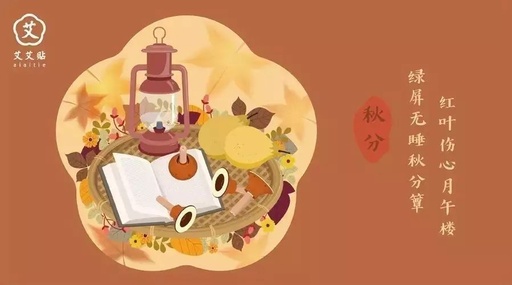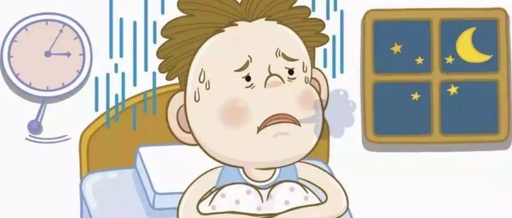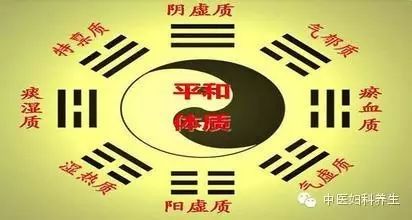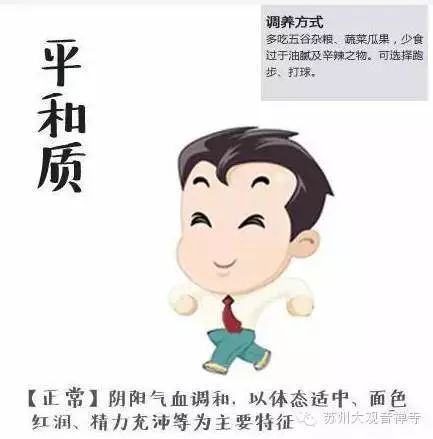Autumn Equinox Health Preservation: Balancing Yin and Yang
“Late Clear” By Du Fu, Tang Dynasty The returning light shines through the thin clouds, As the floating clouds have not yet returned. The river rainbow brightens the distant drink, As the rain in the gorge falls with the remaining flight. The wild geese finally fly high away, While the bears and tigers feel themselves … Read more


